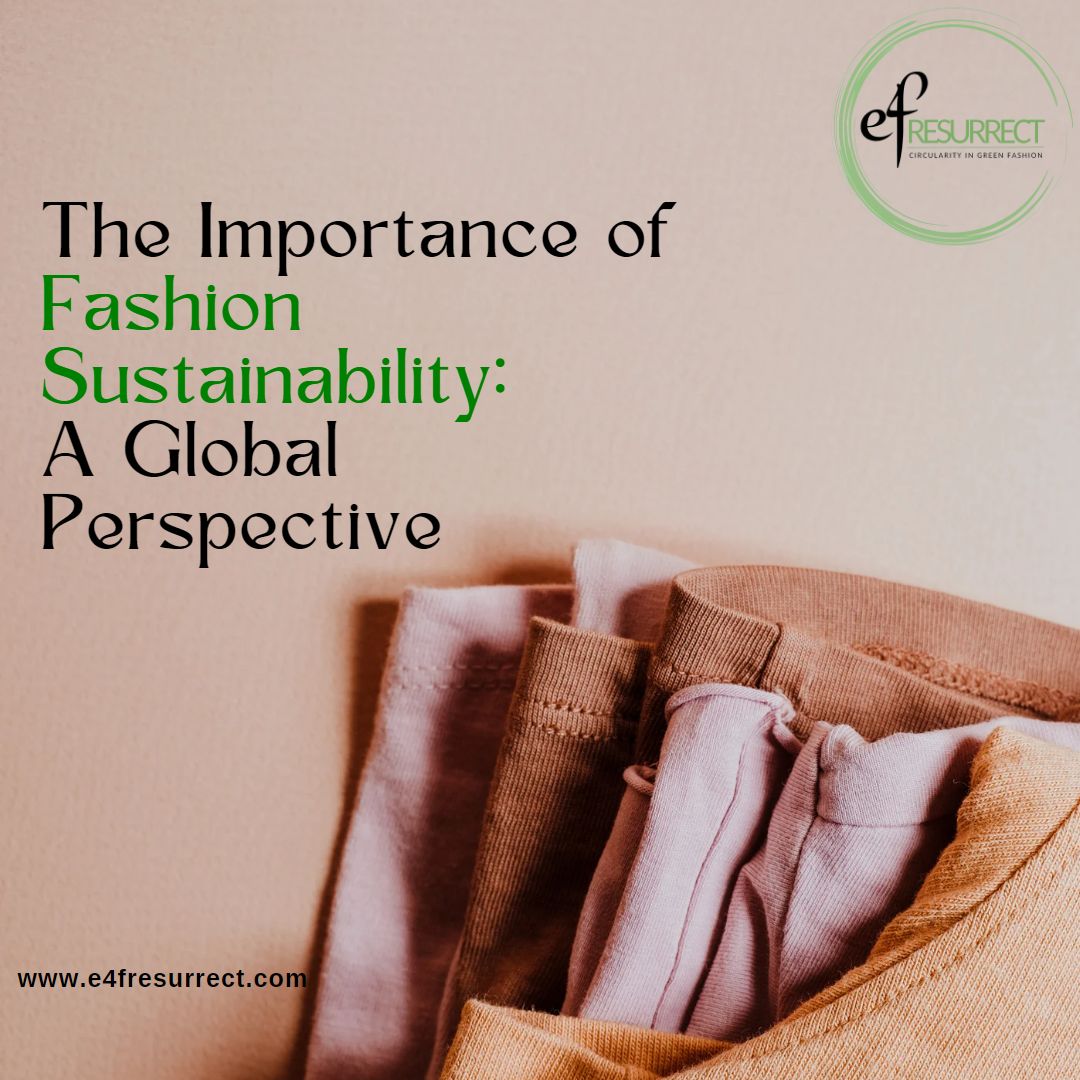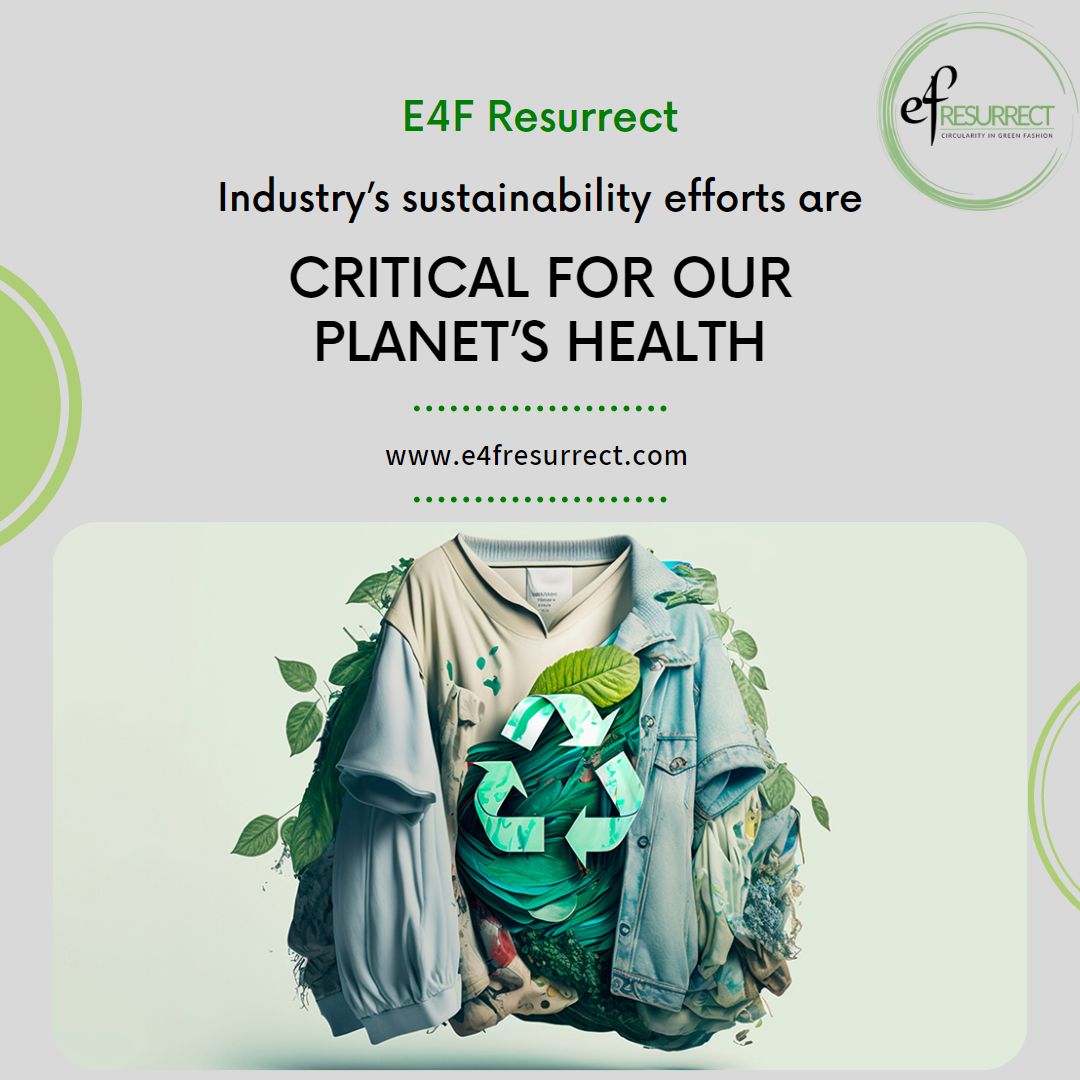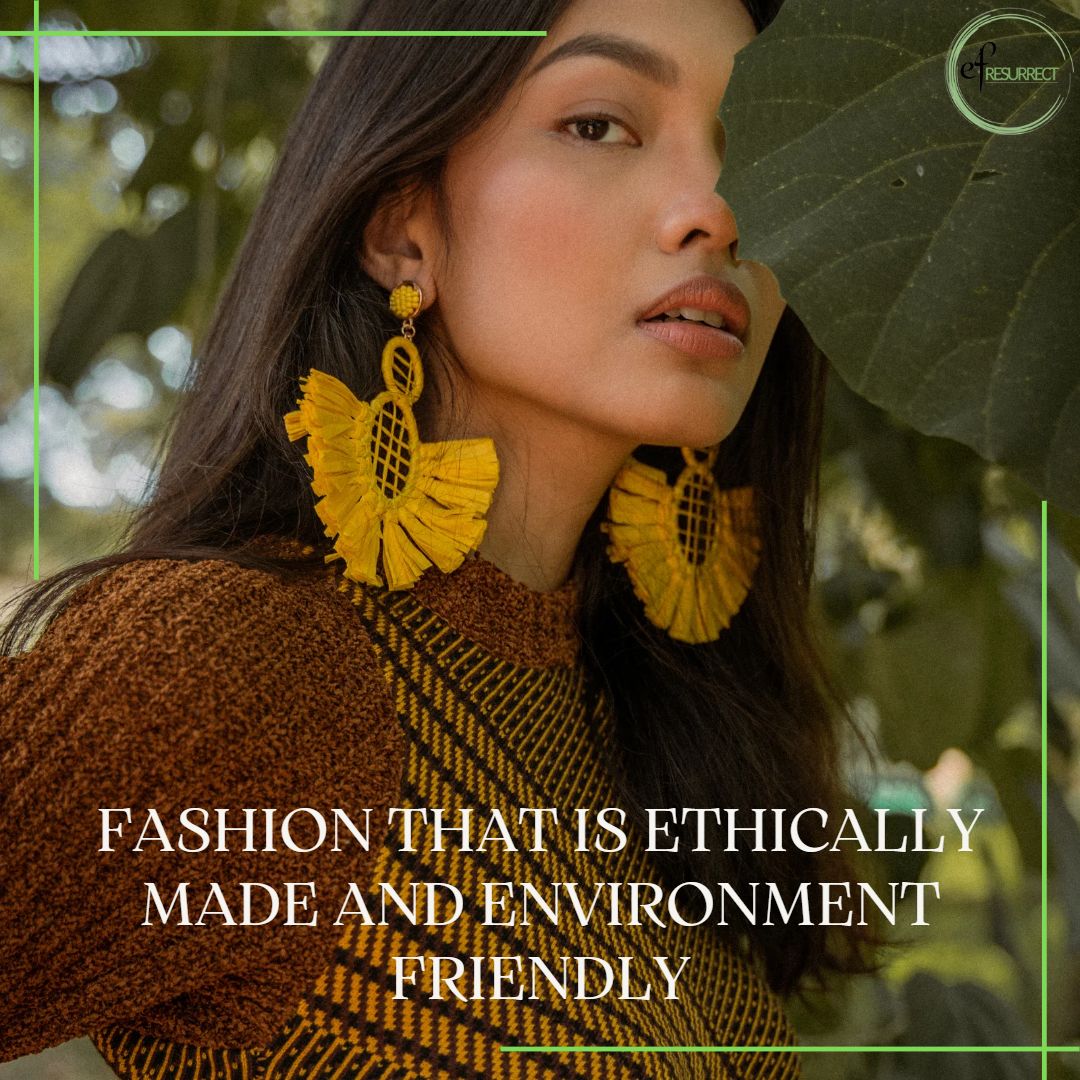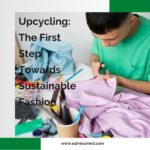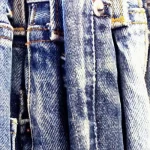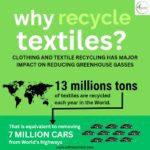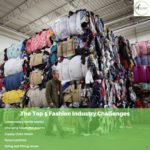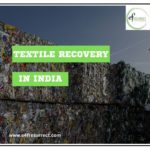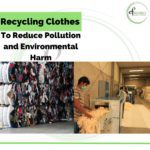Your recycling solutions start here
The mission – to keep apparel and other textiles out of landfill,
whilst investing in circular solutions for the textile industry.
Our Method
We can’t stop people from outgrowing their clothes, wearing through them or deciding that it’s time for something new. The Global “Fast Fashion” trend has ensured that all end of life apparels , accessories etc. are finding its way into our Landfills and Oceans.
E4F Resurrect collects ,segregates, upcycles, repurposes and recycles all such End of Life Fashion Apparels and Accessories.
Assessing the different kinds of waste that comes out of the fashion industry ,not restricted to, pre manufacturing waste, post consumer waste, torn and tattered fabrics, shoes, belts, hand bags, surplus inventory etc., we determine how best to segregate them and bring it back into Circularity, thus creating Sustainability for all stake holders including Manufacturers and Brands.
Collection & Sorting

In partnership with Municipal Corporations, Corporate houses and Recycling Facilities pan India , we have created an AI based tech platform, to have all Textile waste, Fashion Accessories waste, preloved clothing etc., to get collected at source.

Once collected we have them sorted at our various decentralized units.
Sorting is done for 5 different streams:

Upcycling

Repurposing
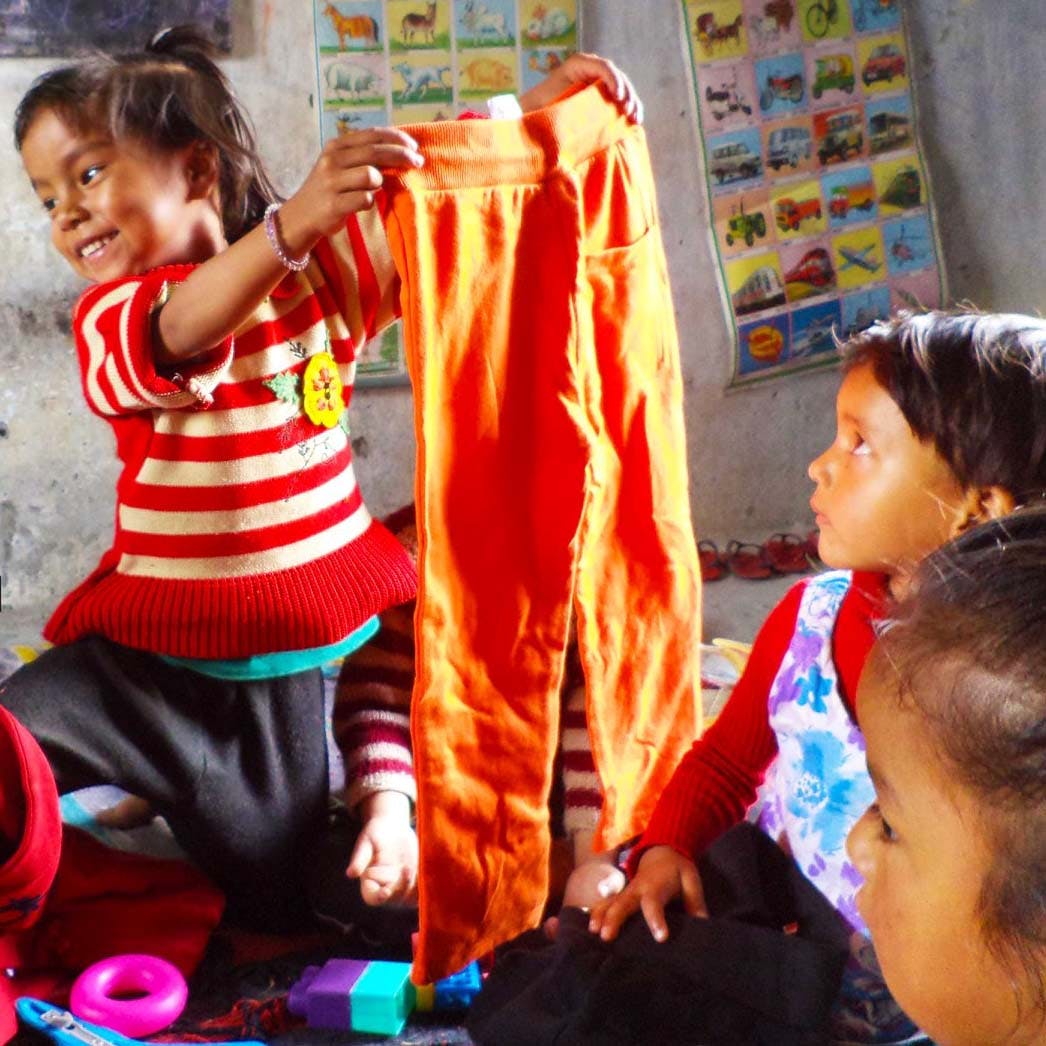
Donating

Recycling

Fuel
Giving back

As per reports in a fashion magazine, 73% of discarded clothes end up in landfills, that are brimming with so much urban waste that by 2050, India will require one the size of New Delhi to fit all of the waste it produces. That means in another 30 years, Indian will be brimming with APPAREL, ACCESSORIES AND FASHION waste.
In the age of social media , fashion gurus and influencers it’s easy to get caught up in the rat race of the hunt for the latest rags. The latest trends outfits soon becomes outdated and lingers on in the dark side of the closet piling up you wardrobe and eating up all your free space.
Well, modern fashion is a fickle mistress, and her moods keep changing all the time, with new trends replacing old ones within a few months. So, what do you do with all the awesome clothes you just wore once and twice that tragically is outdated or no longer fitting clothes?
The answer lies in recycle, reuse and upcycle. Believe it or not, donating clothes not only helps bring a smile to someone needy but it’s actually great for the environment.
Reuse (Upcycle)
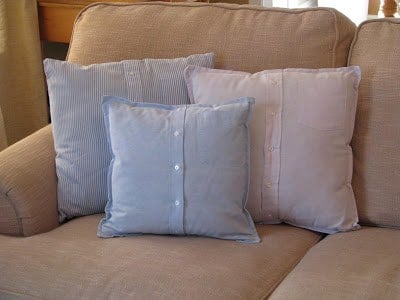
“Upcycle” clearly means creating something new out of old.
The processes we follow will re-create old apparels and accessories into :
1. Insulation or Carpet padding
2. Quilts
3. Table mats
4. Door mats
5. Cloth bags
6. Packaging material
7. Cleaning rags
8. Show pieces
9. Coasters
The entire idea of upcycling is to create employment for the lower strata of society at the same time creating Circularity within the Fashion space.


Recycling

Recycling of textiles using plastic bottles has become increasingly popular PLASTIC BOTTLES (PET) IS NOW BEING RECYCLED TO MAKE NEW SYNTHETIC FABRIC in recent years because it helps reduce greenhouse gasses produced by landfills and preserves natural resources for future generations. Recycling reduces energy use and water usage since fewer raw materials have to be extracted from the earth before being CONVERTED into new products, which may prevent pollution.
But it can’t be recycled again, as plastic is mixed with the source . When textile fibers are made from synthetic materials, they cannot be broken down by microorganisms in the air and end up staying there for a long time. And will create a bigger problem in future. So, to solve this we are segregating the waste, pulped and re-spun into high-quality yarn through a process that eliminates the use of excess water or chemicals and recreates pure processed organic recyclable fabric.
Fuel
Post Upcycling , Post Repurposing, Post Recycling, whatever fashion waste ……if left over, can be shredded , compacted with resins and used as fuel in Pollution Control Board approved Kilns and Furnaces.
This process of E4F resurrect , thus ensures that we are a “Zero Waste Organization“.
Impact
Landfill volume diverted
Kilograms
Waste pickers inducted
Total
Clients Served
and Counting
Environmental Benefits
Textile recycling offers the following environmental benefits
- Decreases landfill space requirements, bearing in mind that synthetic fiber products do not decompose and that natural fibers may release greenhouse gasses
- Avoided use of virgin fibers
- Reduced consumption of energy and water
- Pollution avoidance
- Lessened demand for dyes.
Benefit to companies
Reduces business cost and risk
Improves company legitimacy and reputation
Gives brands a competitive advantage
Differentiates brands from competitors
Improves employee and customer engagement
Leads to a higher profit margin
Companies initiative on Sustainability
Following are the companies contribution towards sustainability:
The Importance of Fashion Sustainability: A Global Perspective
Fashion has always been a prominent part of our lives. It allows us to express ourselves, boost our confidence, and create a sense of identity. However, the fashion industry has
Industry’s Sustainability Efforts Are Critical For Our Planet’s Health
Sustainability has become a buzzword in recent years, and for good reason. As our global population continues to grow and natural resources become increasingly scarce, it is more important than
6 Principles of Sustainable Fashion
Sustainable fashion is a movement that aims to create a more environmentally and socially conscious approach to the production and consumption of clothing. It is a response to the negative
Fashion Marketing And Its Contemporary Issues
Fashion marketing is a complex and rapidly evolving industry that involves creating and promoting clothing, accessories, and other products related to fashion. However, the contemporary issues surrounding fashion marketing are
The biggest problems with the fast fashion industry
Fast fashion is a term used to describe the rapid production and consumption of low-cost clothing that is designed to be worn for a short period before being discarded. It
Fashion that is ethically made and environment friendly
Fashion is a multi-billion dollar industry that influences our lives in countless ways. It reflects our personalities, cultural norms, and societal standards. However, the traditional fashion industry has long been
Upcycling: The First Step Towards Sustainable Fashion
If left behind in a sustainable manner, your old T-shirt can actually be your true imprint for your next kith…
Uniqlo joins Zara, H&M in tackling garment waste problem
Clothing retail giants Zara and H&M have each introduced schemes to tackle garment waste problems. Now, Japanese fast-fashion retailer Uniqlo…
Unifi REPREVE® recycling old denim
As part of Unifi’s ongoing commitment to becoming a more sustainable brand, they’re introducing another fabric, REPREVE® recycled denim, into…
The Top 5 Fashion Industry Challenges
With an ever-changing, dynamic model, the fashion industry has to not only deal with economic uncertainty but also a host…
The Basics of Textile Recycling
What Is Textile Recycling? Textile recycling is the process by which old clothing and other textiles are recovered for reuse…
Textile Recovery In India
Up to 7800 kilotonnes of textile waste is accumulated in India annually; the largest share of which, an estimated 51%,…
Rethinking, recycling and re-loving: A peek into India’s circular fashion economy
The global fashion industry largely follows the linear pathway of ‘take, make, wear and throw’, producing a staggering 13 million…
RegioGreenTex supports recycling textile waste into worth
Partners from Regions for Green Textiles, known as RegioGreenTex, have kick-started a three year plan aimed at modifying the way textile recycling is coped.
Recycling Clothes to Reduce Pollution and Environmental Harm
At the crux of our fashion industry lies a huge, complex challenge: environmental problems. Intense, widespread use and consumption of…

